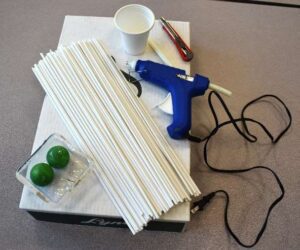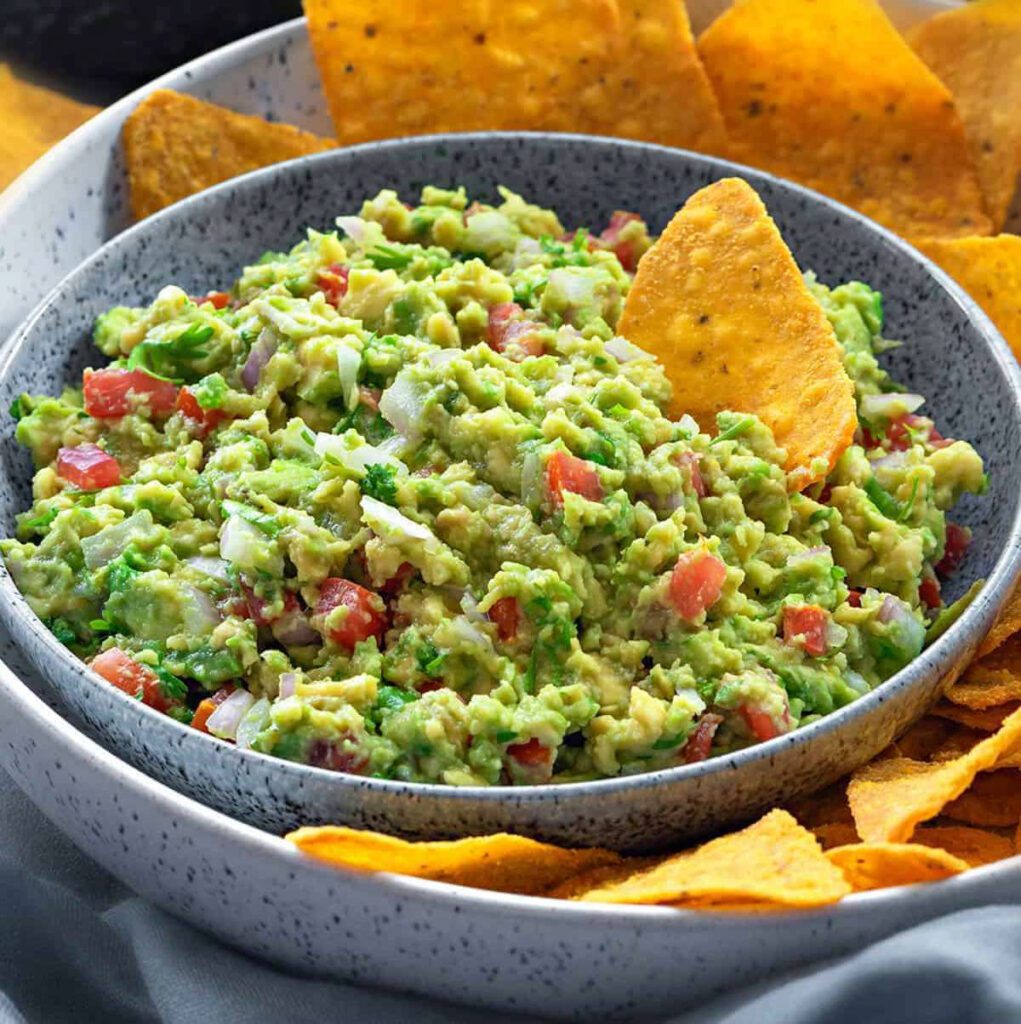Engineering: Building a Straw Roller Coaster
Ages: 7 – 13
Hello everyone. This is Bill from the Okanagan Regional Library System. Welcome to the fun and inventive world of making STEAM projects in your own home. Each month, I will share a fun and interesting project that you can make using materials commonly found in your own home.
This month’s project: Building a Straw Roller Coaster
Straw Roller Coaster
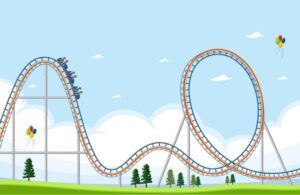
This STEM challenge for kids is awesome because the materials are so simple and inexpensive! The track is surprisingly sturdy, and kids will have a blast creating paths for their ball.
The track has sets of two straws that hold the ball as it rolls. Kids will need to experiment with each section before gluing it to make sure it works.
Materials Needed:
- A cardboard box or a piece of cardboard for the base
- Straws
- A hot glue gun and glue sticks
- A ping pong ball
- A paper cup to catch the ball at the bottom (optional)
Time: Approximately 1 hour
Steps:
1. To build your roller coaster, start at one end of your box and finish at the other end.
2. You should build your roller coaster in sections. Start with the tallest section and end with the lowest section.
3. Build each section first before gluing with the glue gun. When applying the glue, hold the straws in place until the glue hardens.
4. Test out each section with the ping pong ball before moving into the next section.
5. Continue to build and test each section until your roller coaster is finished.
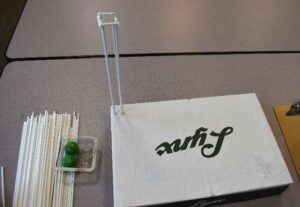
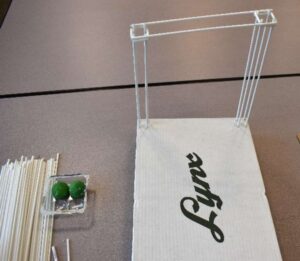

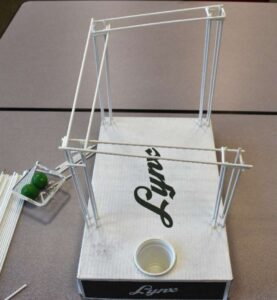
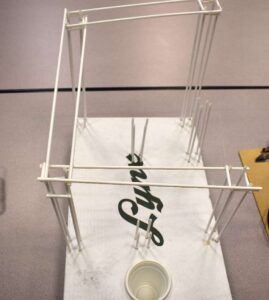

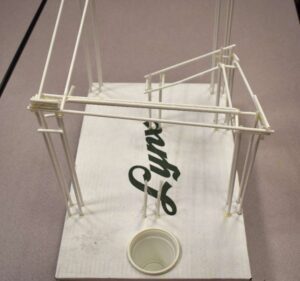
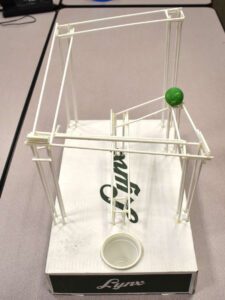
Read World Engineering: Roller Coasters
While today’s roller coasters are sophisticated machines, they all use basic principles of science to operate. This basic science is known as physics, which is basically the study of how things move.
Most roller coaster rides begin with a lift hill, where a chain connects with the train and carries the riders to the first and tallest incline. As you reach the crest of the hill, the chain pushes the train over the hill. Gravity takes over and pulls the train down the hill into a controlled free fall.
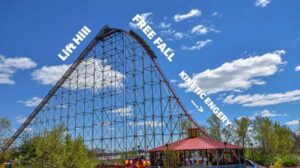
Using its weight and wheels, the train picks up enough kinetic energy (speed and momentum) to complete your journey through the track. Different types of brakes are used to stop the train at the end of a ride. These brakes use friction to slow down and stop a roller coaster’s momentum by converting the train’s kinetic energy into heat energy.
For example, roller coasters are kind of like riding your bike down a hill. You use the pedals to move a chain that makes your wheels move and climb the hill. On your way down, your bike picks up speed and momentum, and you use your brakes to control your speed and to slow down.

